Phone: +49-174-6148131 info@airtec.aero
A HUB FOR TECHNOLOGY & INNOVATION
INTERNATIONAL FAIR ON AEROSPACE, FUTURE AIR MOBILITY & NEW SPACE
ZERO EMISSION & CLIMATE NEUTRAL FLYING
LAYING THE GROUNDWORK FOR ZERO-EMISSION AVIATION Electric flying opens up completely new possibilities to drastically reduce pollutant emissions from aircraft, if necessary, and also to significantly reduce noise pollution. In addition, electric drives enable completely new aircraft configurations, which should further reduce fuel consumption and thus emissions.
All in all, electric aircraft have the potential to fundamentally change mobility, as quiet and clean means of transport enable flying feeder services directly from the city centre to the nearest major airport.
HYDROGEN TECHNOLOGIES
Hydrogen as an energy storage will play a key role in transforming aviation into a zero-carbon / climate-neutral system over the next few decades.
ELECTRIC PROPULSION
Novel and disruptive aircraft, aero engine and systems innovations in combination with hydrogen technologies can help to reduce the global warming effect of flying by 50% to 90%.
ALTERNATIVE FUELS
Alternative fuels have at least the potential to be a bridging technology until completely emission-free flying is achieved.
Such alternatives can be, for example, solar fuels, fuels from biomass or biogenic kerosene additives.
NEW MATERIALS
Materials science has made great progress over the past decades. It can be expected that the pace of development will rather increase due to the social and political pressure to reduce the carbon footprint.
Which materials or multi-materials will determine the future cannot be foreseen today.
AIRTEC 2022 is the event where the latest developments are discussed.
WEIGHT REDUCTION
In aviation, weight reduction leads directly to a reduction in pollutant emissions. There are many different ways to reduce weight.
On the one hand, this can be the use of materials with improved properties.
On the other hand, for example, a fundamentally different way of constructing components in order to use the specific advantages of additive manufacturing.
NEW A/C CONCEPTS
Today and tomorrow there will be completely new concepts that will ensure more efficient, climate-friendly and climate-neutral flying.
For example, blended wing design could fundamentally change the shape of aircrafts and propfan engines promise a big reduction in fuel consumption.
FUTURE AIR MOBILITY
THE BEST WAY TO PREDICT THE FUTURE IS TO CREATE IT
ADVANCED AIR MOBILITY
Connecting Cities and Regions
Connect city centers across whole regions with affordable and green high-speed transport.
Without the need for connecting infrastructure like roads or rail, the jet will make it possible to connect every town and city within a region, at a fraction of the cost of traditional infrastructure.
UNCREWED AIRCRAFT SYSTEMS (UAS)
Recent experiences with AVs have consistently demonstrated their value in a wide range of missions, and anticipated developments of AVs hold promise for increasingly significant roles in future naval operations.
Advances in AV capabilities are enabled (and limited) by progress in the technologies of computing and robotics, navigation, communications and networking, power sources and propulsion, and materials.
INFRASTRUCTURE & ATM
VERTIPORTS: Optimized landing infrastructure
Vertiports can be placed at an existing transport terminal, next to a shopping center, on top of a busy car park or alongside a suburban residential development.
ARTIFICIAL INTELLIGENCE & AUTONOMOUS SYSTEMS
Autonomous vehicles have been used in operations for more than 60 years, with torpedoes, cruise missiles, satellites, and target drones being early examples.
They have also been widely used in the civilian sector – for example, in the disposal of explosives, for work and measurement in radioactive environments, by various offshore industries for both creating and maintaining undersea facilities, for atmospheric and undersea research, and by industry in automated and robotic manufacturing.
LEGAL FRAMEWORK & CERTIFICATION
SECURITY: is not a product, but a process.
Uncrewed aircraft systems could lead to mid-air collisions, injury to people, and damage to property or other aircraft. It’s crucial to have an efficient uncrewed traffic.
Pushed by the steady growth in cyber air traffic, the emergence of new technologies and connectivity, air traffic management stakeholders need to get onboard the digital shift that the sector is facing. They have to meet the challenges that an increasingly complex environment creates while ensuring that the management of air traffic remains safe and efficient management (UTM) system in place that could also interact with manned aircraft operations.
VALUE & SUPPLY CHAIN
WHERE THE FUTURE IS SHAPED
ADDITIVE MANUFACTURING
Actual AM challenges and trends in the aerospace industry
AM on the journey to serial production
Innovations in new AM materials
Trends in quality assurance, in-situ
monitoring and process optimization
Qualification of materials, processes
and methods
Challenges and trends in AM service
delivery
New business models and emerging
markets
COMPONENTS & SYSTEMS
Innovative aircraft components and systems
Metal components and systems
Polymer components and systems
Composite and hybrid components and systems
Modelling and reliability analysis of
aircraft components and systems
Service, maintenance, repair and over haul
DESIGN & ENGINEERING
Digital engineering in aerospace industry
Integrated design challenges
Digital twin concepts
Innovative design and engineering tools / CAD, CAM, FEM
Multiphysics simulation solutions
Simulation driven development
DIGITALIZATION
Digitalization trends in aircraft manu- facturing
Digital twin and digital shadow
Benefits and key challenges of
aerospace digital transformation
Additive manufacturing as part of
aerospace digitalization
VR / AR solutions in aircraft production, training and maintenance
Digital transformation and Industrial Internet of Things (IIoT)
Blockchain technology
Artificial intelligence (AI), Big Data and Analytics
ELECTRONICS
Electrification in Aerospace
Energy generation and storage /
Li-ion battery technology
Power electronics
Flight control and electronic control
units (ECU)
Sensors & actors
Assembly and connection technology
Image and Signal Processing
INNOVATIVE MATERIALS
New trends in lightweight design
Multi-material design and production
Fibre reinforced polymers (GFRP, CFRP)
High-performance polymers (PEEK, PEKK, PPS, PEI)
Ceramic matrix composites (CMC)
Lightweight metals and alloys
Sustainable composite materials
PROPULSION TECHNOLOGIES
Optimization of propulsion concepts
Electric and Hybrid propulsion
concepts
Hydrogen driven engines
Sustainable aircraft fuels (SAF)
RESEARCH & DEVELOPMENT
Research institutes and universities
Knowledge transfer by collaboration with R&D institutes
Opportunities by public funding
projects
Mutual platform for funding sources
Research and development methods, tools and techniques
SAFETY & SECURITY
Actual safety and security standards and trends
Networks and cyber security in aviation
Secure communications
Autonomous flight systems
Robustness validation
Software, tools and methods
STRUCTURES & CABIN
Lighter and stronger materials in
airframe and fuselage
Green cabin – concepts in cabin
sustainability
Visionary cabin concepts
Innovative cabin integration
In-flight entertainment (IFE) and connectivity
Cabin lighting
SUSTAINABILITY & CIRCULAR ECONOMY
End-of-Life strategies and solutions
Design for recycling
Sustainable materials and processes
Eco-efficient production
TESTING SYSTEMS & SERVICES
Advanced materials testing
Innovative NDT trends and systems
In-Situ and In-Line NDT
Structural Health Monitoring (SHM)
Test and measurement equipment (T&M)
Hardware-in-the-loop (HIL)
Software-in-the-loop (SIL)
NEW SPACE
SPACE MEETS NEW CLIENTS
SPACE MEETS NEW CLIENTS
„New Space“ includes the commercialisation of space technologies and its increasing connection with traditional industries.
Innovative SmallSat services, business models and New Space applications from different industries will be presented.
Aerospace
Automotive
Agriculture
Rail
Logistics
Insurance
Pharmaceutical
MINI, MICRO & NANO SATELLITES, SATELLITE CONSTELLATIONS & ORGANISATION
CubeSat – Industry survey, market analysis and applications
SmallSats for mobility services and mobile applications
Micro- and nano-satellites as disruptive innovation in space
VLEO as attractive SmallSat orbit
SmallSat – Design, propulsion and manufacturing trends
Constellation architectures and self-organization
Industrial and scalable value chain for SmallSat production
SUSTAINABILITY & REUSABILITY
Sustainable space propulsion
Lightweight design, construction and materials for space applications
Reusability from the perspective of small satellite launch providers
Space Debris – origin, detection and avoidance
Deorbiting and re-entry concepts
NEW LAUNCH SYSTEMS
Small launchers – Industry survey, market analysis and applications
Short Time to Orbit – Affordable launch services
Rocket engine and propulsion concepts
Generic manufacturing strategies of small launcher engines
Cost-effective payload concepts
COTS IN SPACE
COTS Parts for SmallSats
From ground to space – Automotive components in Space
From ground to space – Automotive components in Space
POSITIONING NAVIGATION COMMUNICATIONS & TIMING
SmallSats for autonomous flying / driving
SmallSats for internet / Internet of Things (IoT)
Small satellite constellation for 5G and Beyond-5G
Intersatellite communication
Industrial satellite links
EARTH OBSERVATION & CLIMATE OBSERVATION
New Space technologies for affor-
dable earth observation
SmallSats for climate and environmental protection
Low latency and real-time concepts for earth observation
Innovative EO sensor concepts
(optical, infrared and radar / real & synthetic aperture radar, LiDAR)
GEODESIC SERVICES, DATA NETWORKS, BROADBAND IOE, BIG DATA, BASE FOR AUTONOMOUS SYSTEMS
Data accessibility and standardization
Big data processing for small satellites
Satellite mega-constellations for broadband services
SmallSats as a link in new ground, air and space mobility
AI / ML based constellation management
Contact us
info@airtec.aero
Phone:
+49-174-6148131
General information
©2025. Airtec. All Rights Reserved.





